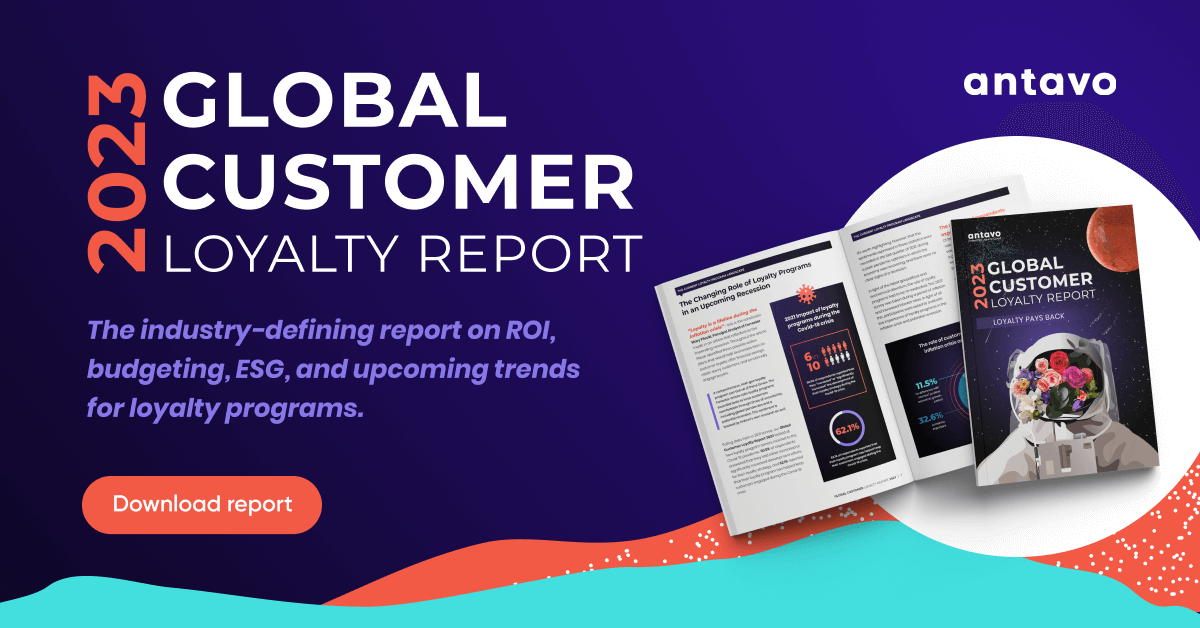Have you ever considered that the most important stage in the sales process might not be when a customer hands over their money? When it comes to purchasing a product or service, customers go through a process to make their decision. Their buying decisions are influenced by a variety of factors and, as a result, every step in the consumer decision making process holds significance. Brands that want to be successful need to focus on every step of the buying process, and have a thorough understanding of the various stages of consumer behavior.
What Is the Consumer Decision Making Process?
Decision making in psychology refers to the process of selecting a belief or action from a range of possibilities. It can be based on logical reasoning or impulse, and is shaped by the individual’s values, preferences, and perceptions. The result of this process is a final choice, which may or may not result in action. The decision making process serves as a means to find solutions to problems and accomplish desired objectives. Therefore, for consumers, it is a way to address their needs and concerns.
The advantages of understanding the consumer decision making process include:
- Predict customers’ needs: You’ll be able to design marketing or sales tactics that align with those needs.
- Gain an advantage over competitors: By gaining insights into consumer purchasing behavior within your industry, you have the potential to create distinctive sales and marketing strategies that will entice more customers to choose your products over those of your rivals.
- Understanding your target audience: Analyzing the way consumers make decisions prompts you to evaluate key attributes of your customer base, such as their initial needs, the methods they use to discover products, and what they consider important in terms of budget, product design, or quality. This information can be utilized to inform future marketing efforts, ads, or product releases.
- Increased sales and customer base: By understanding a customer’s needs, you can improve your marketing and distribution strategies, leading to a wider customer base and increased revenue.
1. Problem Recognition – The Awareness of a Need
The first step is when the customer becomes aware that something is missing in their lives and they need to address it. The need can be a physiological or emotional need, like hunger or sadness, or it can come from external stimuli, like seeing an advertisement or smelling delicious food. If you can determine when your target demographic develops these needs or wants, it is the ideal time to advertise to them.
For example, an internal stimulus, such as hunger, can drive a consumer to seek a restaurant. In contrast, an external stimulus, such as an advertisement, can influence a consumer’s desire for a specific product. This desire, or “want,” can then lead to interest in learning how to obtain it.

Tips to try:
- Focus your sales and marketing efforts on external stimuli and create the need for your product or service with a creative ad.
- Find ways to convince customers that they have a problem only you can solve.
- Create a comprehensive brand campaign to build brand awareness and recognition. Make sure customers know you and trust you.
- Evaluate customers’ needs and develop and improve your product to meet those needs in order to solve their problems.
Once consumers are aware that they have a need for a product or service, they will want to gather information to understand how they can fulfill that need, which leads to step two.
2. Information Search – Finding Available Options
When customers identify a need for a product, they begin searching for solutions. Their decision making process is influenced by internal and external factors, as well as past experiences with a product or brand. During the information-gathering stage, they may visit physical stores or do some research online through resources like Google.
The Internet provides customers with a wealth of information, but word-of-mouth and online reviews are still highly influential. In fact, 86% of customers trust recommendations from others and 92% trust recommendations from friends and family. The amount of research a customer needs to do depends on their existing knowledge of available solutions and the complexity of the choices.
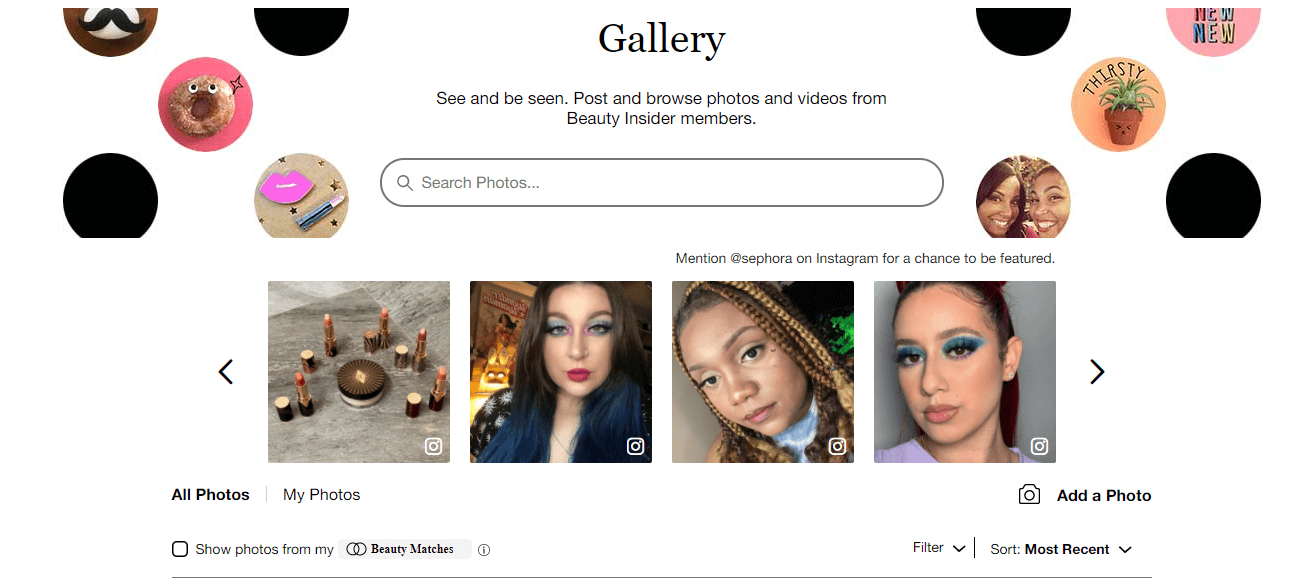
Tips to try:
- Ensure that potential buyers can easily find the information they seek by optimizing your website to rank well for keywords that are relevant to your brand.
- Create content that people will need and be a trustworthy source of knowledge and information. To support your efforts, you can also add video testimonials to your website.
- Encouraging referrals and word-of-mouth is a great way to make sure that more people know about your brand and are spreading the word to their family and friends.
- User-generated reviews can help you to build brand awareness during the research stage. In fact, it’s one of the most effective ways to do so.
3. Alternatives Evaluation – Exploring Other Possibilities
The next step in the process is for customers to select from the brands, products, and services that they’ve researched. At this point, buyers have established their preferences and criteria for what they want in a product. Now they are considering alternatives, and may be weighing factors such as cost, additional features, availability, or even personal preferences, like color or design.
In this phase, consumers have become aware of your brand and are using your website or other channels to decide whether to make a purchase from you or a competitor. They are evaluating their options based on how your product and brand align with their needs. To minimize the risk of a poor investment, they want to ensure that there are no better options available to them.
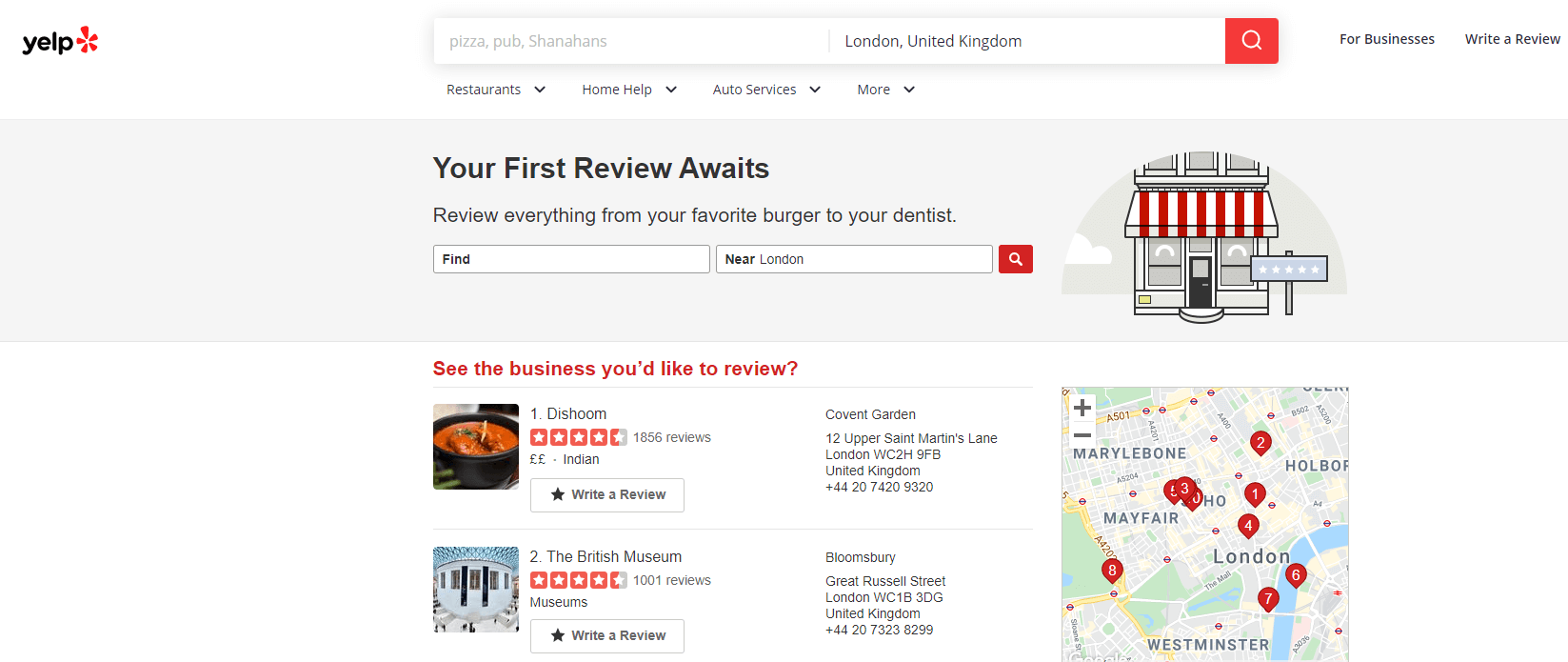
Tips to try:
- Your marketing materials should be geared towards convincing consumers that your product is superior to other alternatives.
- Offer competitive prices and deals to attract customers.
- Keep an eye out for what the competition is doing. It’s important that your site is informative and your value propositions are clear.
- If your offering is identical to that of your competitors in every aspect, previous customers’ feedback will separate you from the rest. Make sure that these reviews are the first thing shoppers see when landing on your site and are also available on the product pages.
4. Purchase Decision – Time to Take action
The fourth step of the consumer decision making process is known as the “purchase decision” step. During this phase, consumers make the final decision on which product or service to buy. They have evaluated all of their options and have selected the one that best meets their needs and wants.
There are several factors that influence the purchase decision, like:
- Consumers do a price comparison and choose the product that offers the best value for money.
- Customers who have already had positive experiences with a brand in the past are more likely to purchase from that brand again.
- Advertisements and promotions can influence a consumer’s decision to buy a product.
- Personal characteristics such as age, income, and lifestyle can also influence a consumer’s purchase decision.
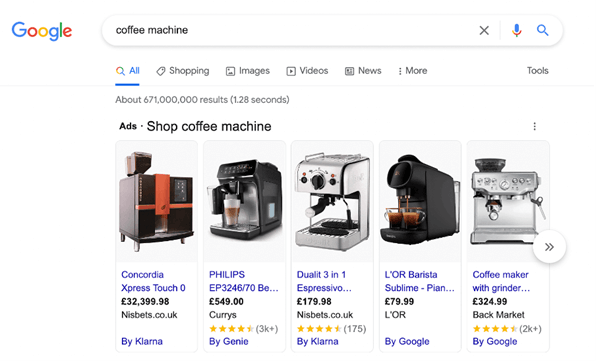
Tips to try:
- Create effective advertising and promotional campaigns to generate interest and desire for your products.
- Provide detailed information about your products and features to help customers make an informed decision and make sure you make the purchasing process as easy as possible.
- Develop a strong brand image and reputation through positive customer service and reviews.
- Offer a warranty or return policy to reassure customers.
5. Post-purchase Evaluation – Reflecting Back on the Buying Decision
The fifth step of the consumer decision making process is “post-purchase evaluation”. During this phase, consumers reflect on their purchase and evaluate whether or not they are satisfied with their decision.
In their post-purchase evaluation, consumers will consider:
- Whether the product performs as expected and meets their needs.
- Whether they feel they’ve received good value for the price they paid.
- Consumers will compare their expectations for the product with their actual experience of using it.
- They may also consider the opinions of others when evaluating their purchase.
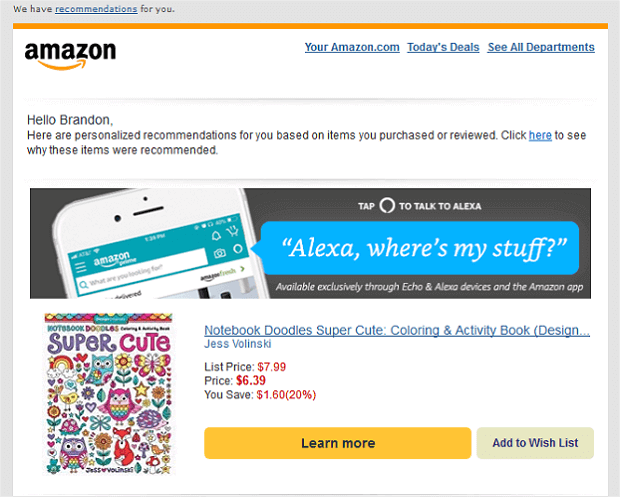
Tips to try:
- Make sure you have a post-purchase strategy to increase the likelihood that customers will engage with your brand again in the future. Find out if the purchase met the need the customer identified and whether they are happy with their purchase.
- Create follow-up emails, discount coupons and newsletters to entice customers to make an additional purchase.
- Thank customers for their purchase in your transactional or other post-purchase email, and show them that you appreciate their business.
- Provide additional product recommendations in your follow-up emails. Product recommendations are a great way to upsell or cross-sell. Leverage the fact that a customer has just made a purchase by showing them products that will go well with what they just bought.
Post-purchase evaluation can have a significant impact on a consumer’s future purchasing decisions. A positive evaluation can lead to repeat purchases and recommendations to others, while a negative evaluation can result in the loss of a customer. Businesses should strive to provide a positive post-purchase experience to encourage repeat business and positive word-of-mouth advertising.
In Conclusion
Understanding everything that influences the consumer decision making process is crucial for marketers to ease the targeting process and make more focused and effective marketing campaigns. It is important to note that a consumer’s purchase decision may not always be rational but can also be influenced by their emotions and attitudes. It also depends on the nature of the product they wish to purchase. Consumers might even skip some steps or even go back to previous steps in the process. Businesses should be aware of this and try to appeal to the emotions of their target market in order to drive sales.
Nevertheless, implementing a loyalty program and inviting shoppers to join for further benefits and rewards can be a great way to encourage customers to keep shopping with you. Learn more from our loyalty experts on how Antavo can help you. Just book a demo, or send us an RFP for detailed answers.
And don’t forget to download Antavo’s Global Customer Loyalty Report, an in-depth report that showcases current and future industry trends to help you navigate the world of next-gen loyalty programs.
